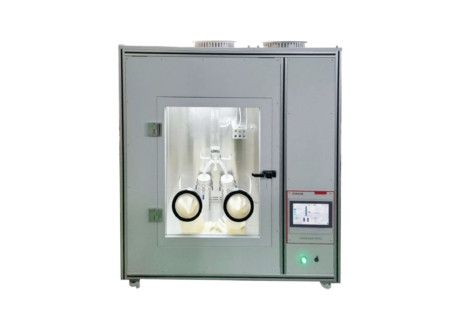- Qinsun Instruments Co., Ltd.
- Tell:+86-21-6780 0179
- Phone:+86-17740808215
- Address:No. 2578 Minhang District Gu Dai Road, Shanghai
- Contact:Mr. Li
- QQ:846490659
What is the efficiency of ASTM F2101 bacterial filtration?

The ASTM F2101 standard is used to evaluate the bacterial filtration efficiency (BFE) of medical face masks or surgical masks. BFE refers to the percentage of bacteria that are filtered out by the mask material. The higher the BFE, the more effective the mask is at preventing the passage of bacteria through the mask.
The efficiency of ASTM F2101 bacterial filtration is determined through a series of laboratory tests. These tests involve exposing the mask material to a known concentration of bacterial aerosols and measuring the percentage of bacteria that are filtered out. The test results are then used to calculate the BFE of the mask.
The ASTM F2101 standard specifies the test method and requirements for BFE testing. According to the standard, the minimum BFE requirement for medical face masks is typically 95% or higher. This means that the mask must filter out at least 95% of the bacteria present in the test aerosol.

It is important to note that the efficiency of bacterial filtration can vary depending on various factors, including the type of mask material, the design of the mask, and the fit of the mask on the wearer's face. Different mask manufacturers may achieve different levels of BFE, and it is recommended to choose masks that meet the required standards and regulations in your region.
In conclusion, the efficiency of ASTM F2101 bacterial filtration is a measure of how well a mask filters out bacteria. The standard sets minimum requirements for BFE, typically 95% or higher for medical face masks. It is crucial to select masks that meet the necessary standards to ensure proper protection against bacterial transmission.





